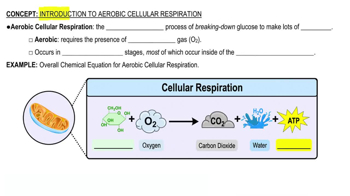Multiple Choice
Consider the currently accepted fluid mosaic model of the plasma membrane. Where in the plasma membrane would cholesterol most likely be found?
1821
views
1
rank
 Verified step by step guidance
Verified step by step guidance Verified video answer for a similar problem:
Verified video answer for a similar problem:



 6:49m
6:49mMaster Biological Membranes with a bite sized video explanation from Bruce Bryan
Start learning